
Web Site Measurement Hacks. Tips & Tools to Help Optimize Your Online Business Eric T. Peterson


- Autor:
- Eric T. Peterson
- Wydawnictwo:
- O'Reilly Media
- Ocena:
- Stron:
- 434
- Dostępne formaty:
-
ePubMobi
 opcje wysyłki »
opcje wysyłki »
Opis
książki
:
Web Site Measurement Hacks. Tips & Tools to Help Optimize Your Online Business
In order to establish and then maintain a successful presence on the Web, designing a creative site is only half the battle. What good is an intricate Web infrastructure if you're unable to measure its effectiveness? That's why every business is desperate for feedback on their site's visitors: Who are they? Why do they visit? What information or service is most valuable to them?
Unfortunately, most common Web analytics software applications are long on functionality and short on documentation. Without clear guidance on how these applications should be integrated into the greater Web strategy, these often expensive investments go underused and underappreciated.
Enter Web Site Measurement Hacks, a guidebook that helps you understand your Web site visitors and how they contribute to your business's success. It helps organizations and individual operators alike make the most of their Web investment by providing tools, techniques, and strategies for measuring--and then improving--their site's usability, performance, and design. Among the many topics covered, you'll learn:
- definitions of commonly used terms, such as "key performance indicators" (KPIs)
- how to drive potential customers to action
- how to gather crucial marketing and customer data
- which features are useful and which are superfluous
- advanced techniques that senior Web site analysts use on a daily basis
It's the technology companion that every site administrator needs.
Wybrane bestsellery
O'Reilly Media - inne książki
Dzięki opcji "Druk na żądanie" do sprzedaży wracają tytuły Grupy Helion, które cieszyły sie dużym zainteresowaniem, a których nakład został wyprzedany.
Dla naszych Czytelników wydrukowaliśmy dodatkową pulę egzemplarzy w technice druku cyfrowego.
Co powinieneś wiedzieć o usłudze "Druk na żądanie":
- usługa obejmuje tylko widoczną poniżej listę tytułów, którą na bieżąco aktualizujemy;
- cena książki może być wyższa od początkowej ceny detalicznej, co jest spowodowane kosztami druku cyfrowego (wyższymi niż koszty tradycyjnego druku offsetowego). Obowiązująca cena jest zawsze podawana na stronie WWW książki;
- zawartość książki wraz z dodatkami (płyta CD, DVD) odpowiada jej pierwotnemu wydaniu i jest w pełni komplementarna;
- usługa nie obejmuje książek w kolorze.
Masz pytanie o konkretny tytuł? Napisz do nas: sklep@ebookpoint.pl
Książka drukowana








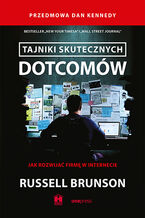


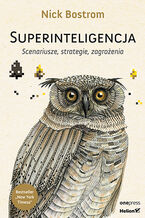









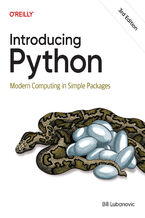

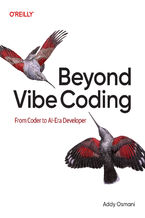

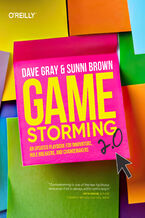




Oceny i opinie klientów: Web Site Measurement Hacks. Tips & Tools to Help Optimize Your Online Business Eric T. Peterson
(0)